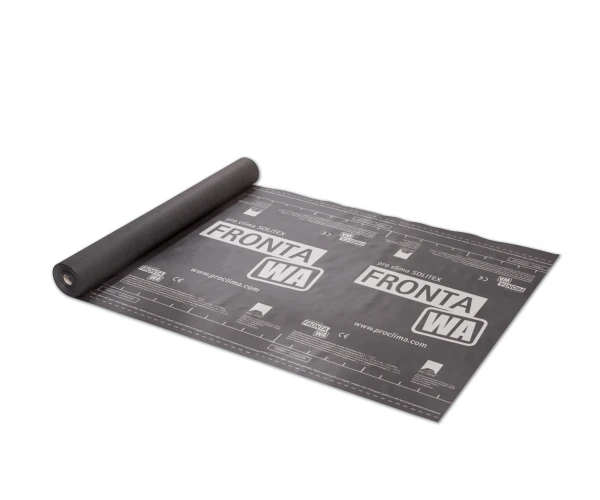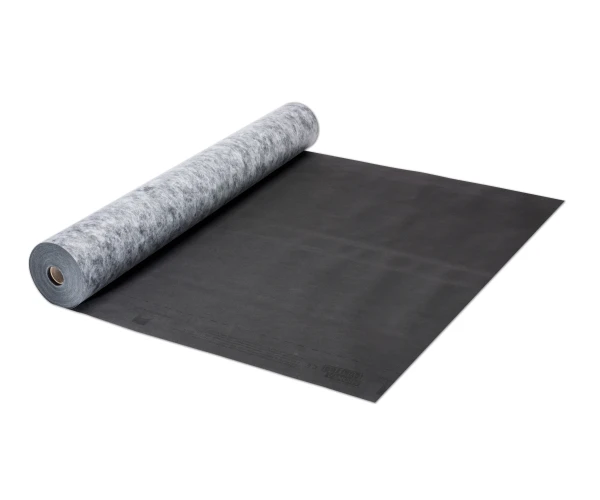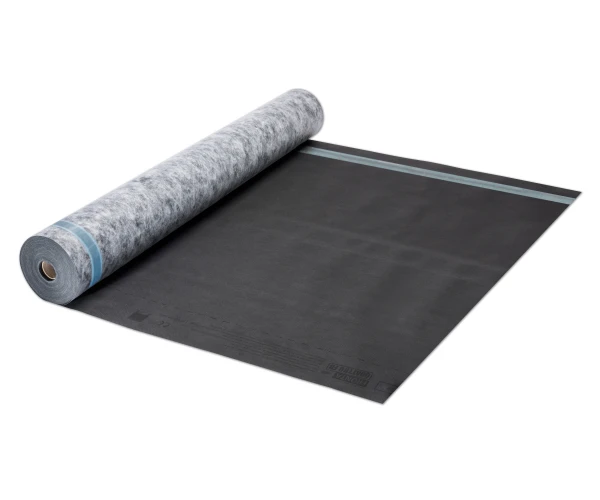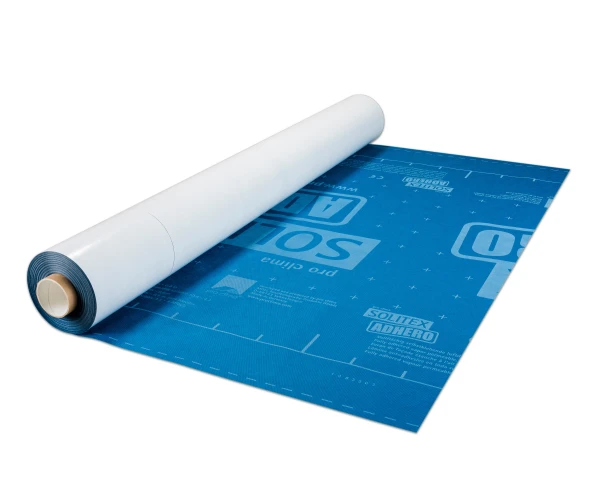Go to Section
Ask the Expert: What Type of Breather Membrane Should I Use Behind Wall Cladding?
Monday 8th August 2022
Wall lining breather membranes serve a number of functions, including temporary weather protection, preventing ‘thermal bypass’ of external air through the insulation, and allowing vapour to ‘breathe’, or diffuse, from within the structure towards the exterior. The following are common queries with regard to their application.
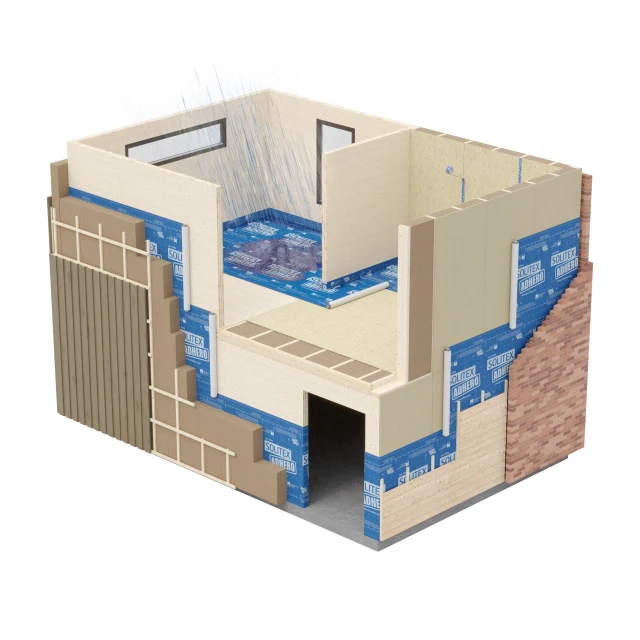
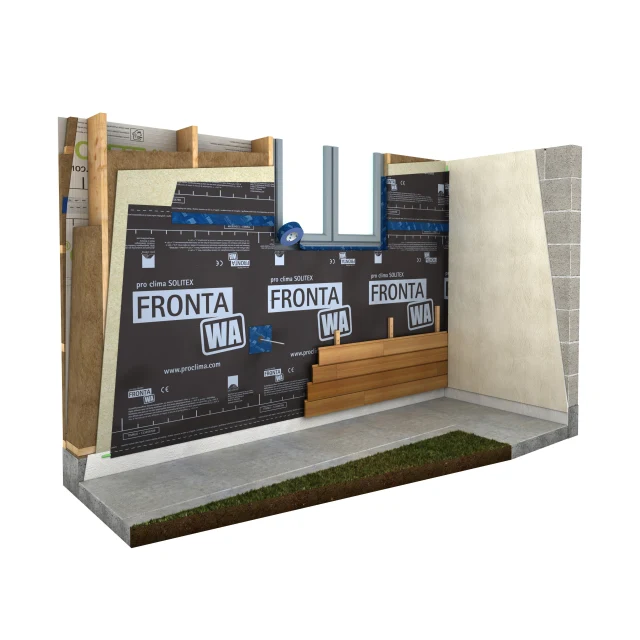
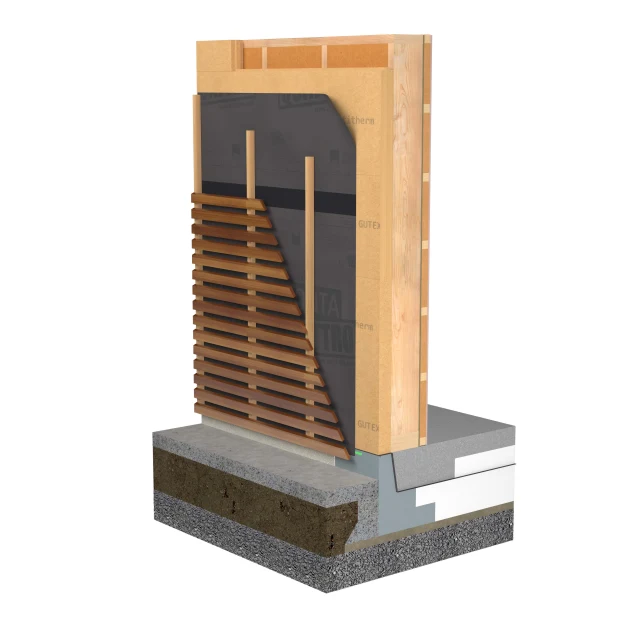
Blog author

Niall Crosson
Technical Director (BTech, MEngSc, MIEI, CEPHC)
Niall is the Technical Director for Ecological Building Systems and was also the company’s first employee. Niall holds a first class honours degree as a Bachelor of Technology and a Masters in Eng.Sc. Niall is a certified Passivhaus Consultant and has provided technical guidance on many award winning low energy projects in Ireland and the UK, and has authored or co-authored several chapters in both the Passivhaus Handbook and the Passivhaus Designers Manual. Niall is also on the board of directors of the Irish Green Building Council and provides guidance on several national standards committees. Along with this, Niall has contributed to several construction publications including The Journal of the RIAI.



